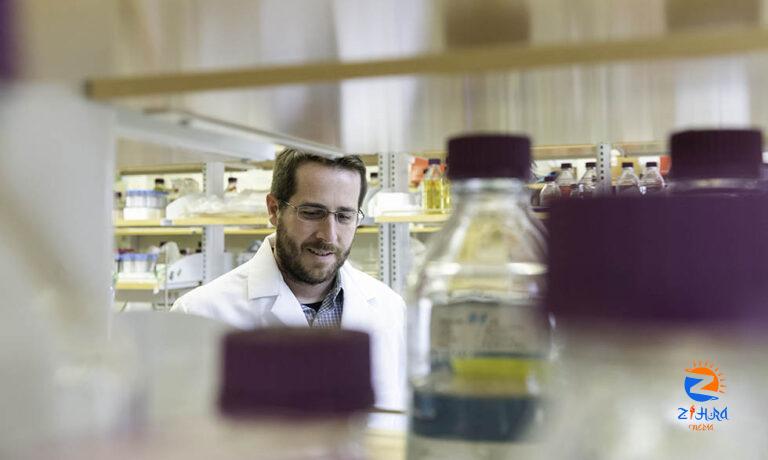
[ad_1]
It’s not often that we can feel thankful for the common cold. But in the case of COVID-19, past research on the common cold virus and other viruses has been critical to COVID-19 vaccine development.
In a way, it was a perfect storm—in a good way, says Jason McLellan, Ph.D. Dr. McLellan began his vaccine research at the National Institutes of Health (NIH) in 2008. After first working to try and develop an HIV vaccine, he switched to working with Barney Graham, M.D., Ph.D., the deputy director of NIH’s Vaccine Research Center.
With Dr. Graham, Dr. McLellan studied vaccines for dangerous respiratory viruses, including RSV (respiratory syncytial virus), which can be deadly in children, and MERS-CoV (Middle East Respiratory Syndrome coronavirus), a virus very similar to SARS-CoV-2, which causes COVID-19.
“MERS is also caused by a coronavirus like SARS-CoV-2, with these large, protruding spike proteins on the virus’ surface,” Dr. McLellan, now at the University of Texas-Austin, explains. These spikes grab onto the surface of human cells and then dramatically lengthen as they force their way inside.
Targeting the spike
An effective COVID-19 vaccine would need to target these spikes to prevent them from attaching to our cells. It was critical to get a clear image of the spike’s structure so the body could learn to recognize and fight it, he says.
“There are lots of decisions that go into making a vaccine. With the coronavirus, we knew we had to concentrate on the changing spike, specifically the spike before it infects the cell. The more information you have, the better, and having a detailed picture is very helpful,” Dr. McLellan says.
However, it was very difficult to get an image of the MERS-CoV spike protein.
“It had eluded scientists for a long time,” Dr. McLellan says. Basically, the MERS-CoV spike protein is a shape-shifter, making it challenging for scientists to capture a high-resolution image.
So Dr. McLellan, Dr. Graham, and Andrew Ward, Ph.D., turned to a similar coronavirus: HKU1, which causes the common cold. Its spike protein also transforms from one shape to another, like the one from MERS-CoV. In 2016, Dr. Ward’s lab used a technique called cryogenic electron microscopy to capture the first high-resolution image of this virus’ spike protein.
For Dr. McLellan and his team of researchers, the game-changer for the MERS vaccine came with determining, through genetic engineering, how to lock the spike protein in the shape it takes before combining with a human cell. Although their discovery, called the 2P mutation, was aimed at fighting MERS, when the COVID-19 pandemic struck three years later, it gave vaccine developers a big head start.
“It helped research on a COVID vaccine to move very quickly,” Dr. McLellan says. The Moderna, Pfizer, Johnson & Johnson, and Novavax vaccines all use the 2P mutation his team created.
A key role in the pandemic fight
So how does it feel to have played an important part in the effort to stem a global pandemic?
“It’s been mixed,” Dr. McLellan says. “The pandemic is devastating in the deaths it’s caused and the economy shutting down, but I feel honored that everything we worked on contributed to the response.”
More importantly, he adds, “I think it’s led to an increased appreciation for science in the U.S., and the value of doing basic science research. We don’t always know what will be important. Right now, we’re working on diseases people have never heard of, hoping it can benefit us in the future.”
[ad_2]